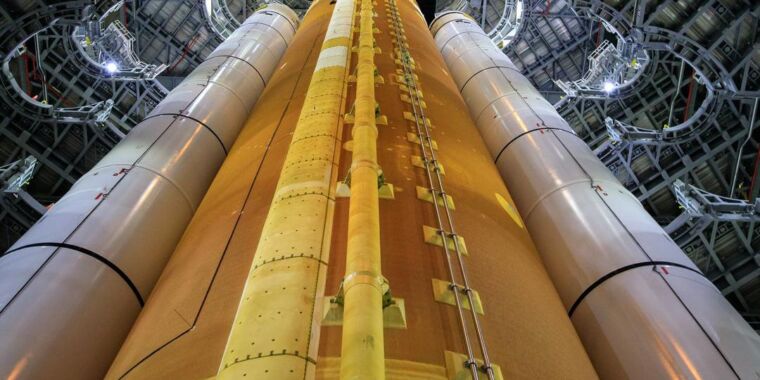IT LOOKs LIKE A HOTDOG WITH MUSTARD.
Sorry for the caps but what I said is so stupid that caps fits.
deleted by creator
Ok I know it’s not a scientifically realistic game but that’s not the point and it’s an amazing game so he can fuck off and have his lan party without me
What no I didn’t read the article, why would I read someone shitting on my favorite game?
This is the best summary I could come up with:
Essentially, Griffin told the House Space and Aeronautics Subcommittee, NASA could not afford to faff around with a complex, partly commercial plan to put humans back on the Moon, with an eye toward long-term settlement.
The House members in attendance never pressed Griffin for details about this plan, but they are outlined in his written testimony.
In Griffin’s case, he would return the country to the cozy confines of 2008, just before the era of commercial space took off and when he was at the height of his power before being removed as NASA administrator.
“The straightforward approach outlined here could put US-led expeditions on the Moon beginning in 2029, given bold action by Congress and expeditious decision-making and firm contractor direction by NASA,” he concluded.
And if it were built through the cost-plus acquisition strategy outlined by Griffin, it undoubtedly would cost $10 to $20 billion and take a decade based on past performance.
A reasonable estimate of Griffin’s plan, based on contractor performance with Orion (in development since 2005) and the SLS rocket, is that if NASA’s budget roughly doubled, humans might land on the Moon by the late 2030s.
The original article contains 641 words, the summary contains 192 words. Saved 70%. I’m a bot and I’m open source!


